Known as Luminarias, the festival takes place every January 16th in San Bartolomé de Pinares, a village perched high in the hills about 100 kilometres (60 miles) west of Madrid.
By the light of an almost full moon, several local officials are sweating copiously, despite freezing temperatures, as they pile branches onto the bonfires blazing along the main street of this village of just 600 residents
As the bells ring out, there’s a sudden clatter of hooves as the first horse and rider come charging out.
After the first horse passes another follows, then a group of them, sparks flying from their hooves as they gallop down the street, cheered on by hundreds of onlookers here to witness this mystical, medieval-like spectacle.
The tradition takes place every year on the eve of the feast of San Antón, Spain’s patron saint of animals, and dates back to the 18th century when an epidemic devastated the horse population.
“Before when animal died because of infection, they had to be burned,” said Leticia Martin, a 29-year-old physiotherapist riding a horse called Fiel.
“So when the epidemic disappeared, people began to believe that the smoke protected the animals.”
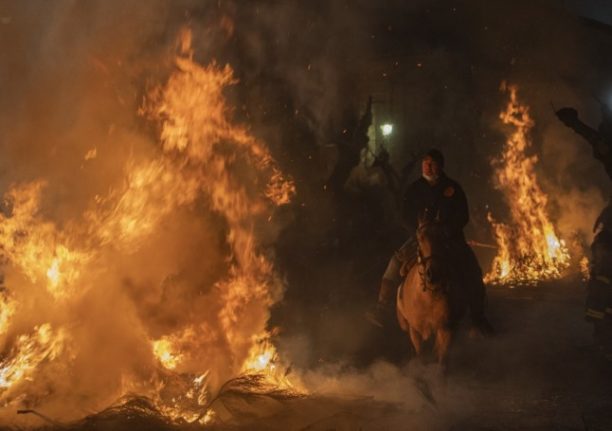
Purifying fire
“These fires, which purify animals from all diseases, are lit on the eve of San Anton’s day, which is celebrated on January 17,” said Anton Erkoreka of the Museum of the History of Medicine in Spain’s Basque Country region.
During the feast, masses are held across Spain to bless animals.
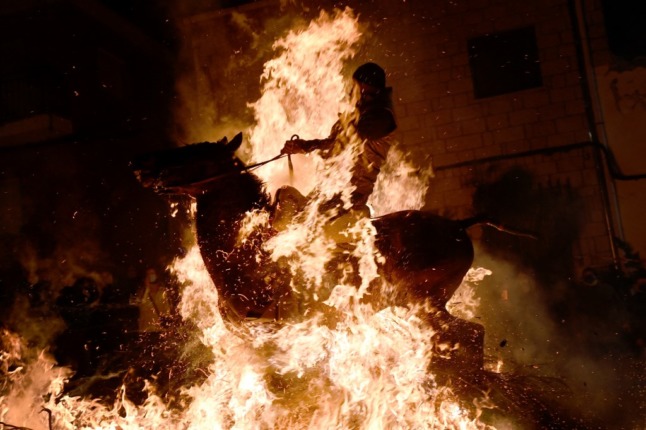 (Photo by PIERRE-PHILIPPE MARCOU / AFP)
(Photo by PIERRE-PHILIPPE MARCOU / AFP)
“Fire is always a purifying element and this festival asks the saint for his protection on animals.”
In other Spanish villages, bonfires are lit at different times of the year to remember earlier plagues and epidemics, although the global pandemic has given the Luminarias festival a slightly new dimension.
But locals such as Emmanuel Martín insist the tradition has nothing to do with Covid. It is only about blessing the animals and keeping them “healthy all year round as the smoke from the green branches purifies them”, he says.
“It’s not a show to entertain people,” insists this 26-year-old who first witnessed the event when he was two years old.
Urged on by the crowd, one rider crosses the bonfires with his arms spread wide in a cross, his horse’s mane plaited, its tail rolled up in a type of topknot, to avoid catching fire.
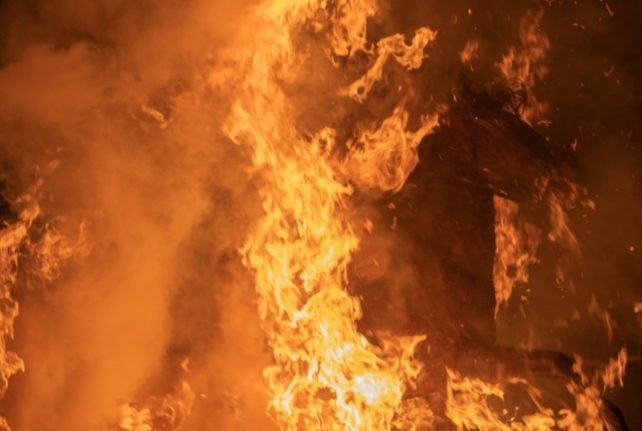 (Photo by PIERRE-PHILIPPE MARCOU / AFP)
(Photo by PIERRE-PHILIPPE MARCOU / AFP)
Adrenaline
Although the tradition is widely criticised by animal rights groups, Martín insists it doesn’t harm the horse nor the rider.
“You don’t even notice it,” says his cousin Andrea Lenela, who compares it to brushing a finger quickly through the flame of a cigarette lighter.
Every year, the event is attended by vets and firefighters brought in by the local authorities.
“If I thought there was any risk to the horses, I wouldn’t do it,” says local resident Mario Candil.
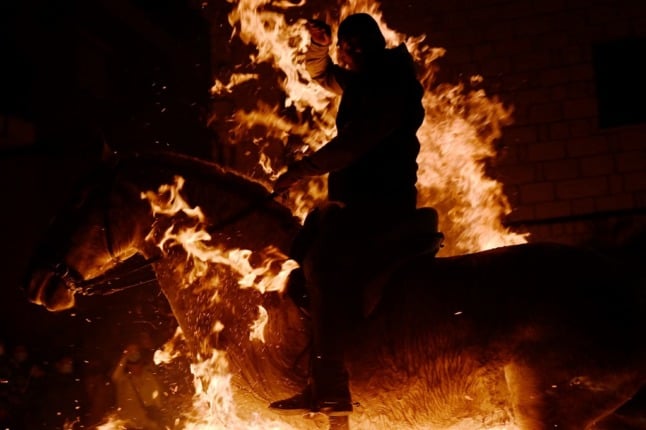 (Photo by PIERRE-PHILIPPE MARCOU / AFP)
(Photo by PIERRE-PHILIPPE MARCOU / AFP)
“Nothing has ever happened to anyone, ever,” insists Monce García, 49, who has come along to enjoy the “atmosphere, the smoke and the typical village tradition”.
Dismounting from her horse, a 46-year-old pharmacist Noelia Guerra speaks animatedly about “the emotions and the adrenaline” which flood through both horse and rider.
“You don’t have to force them, they just go on their own,” she says of the festival, which was celebrated this year for the first time since the pandemic began.
“We laughed about that, saying it was because we didn’t celebrate the Luminarias in January 2021.”

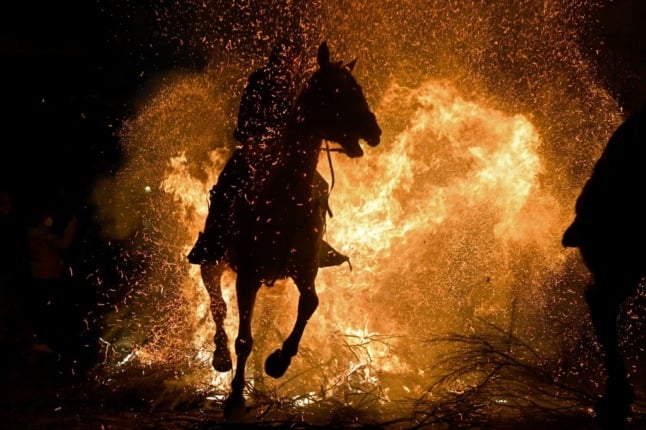
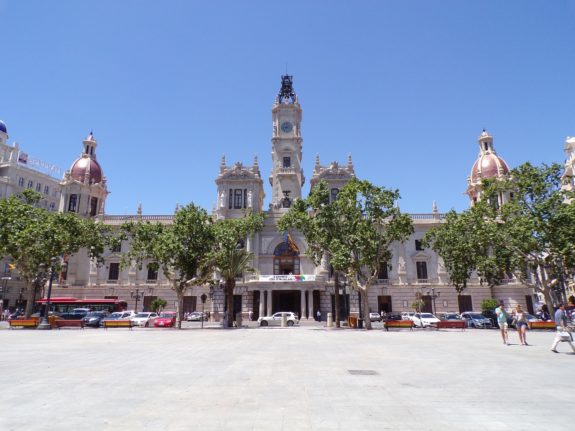
 Please whitelist us to continue reading.
Please whitelist us to continue reading.
Member comments